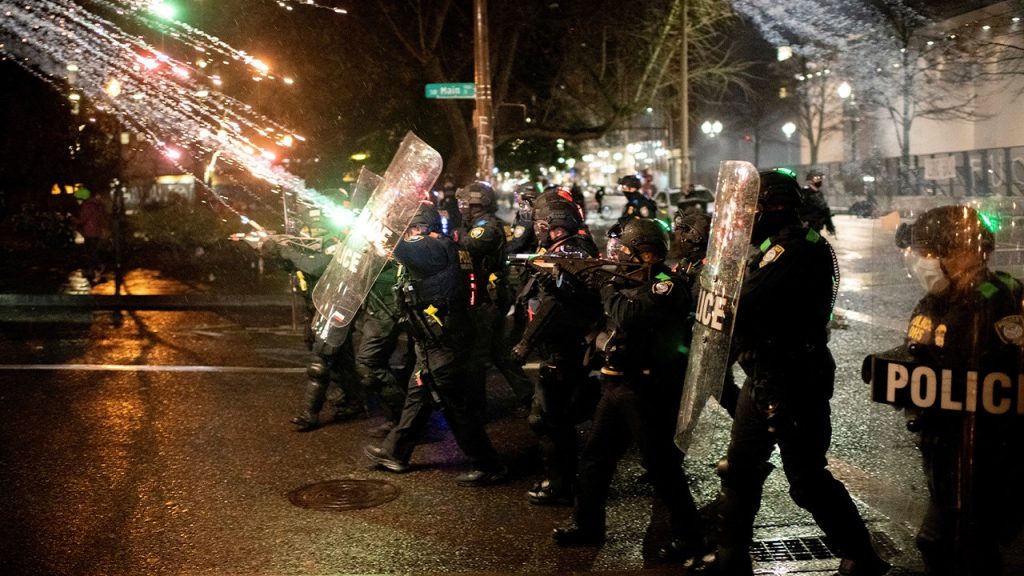Police departments across the country are facing a recruiting and retention crisis, with officers experiencing plummeting morale and feeling unsupported by their leadership and elected officials. Meagan McCarthy, a former San Bernardino County sheriff’s deputy, was forced into retirement after a near-death encounter with a violent suspect. The lenient treatment of the suspect by the justice system left her with post-traumatic stress, leading to her decision to medically retire in 2022. Other officers, like Taylor Marino, have also left the force due to the stress and lack of support they felt, opting for less stressful careers in other fields.
Progressive prosecutors have faced criticism for targeting law enforcement more aggressively than criminals, leaving officers feeling vulnerable and unsupported. In some cases, officers have faced lenient treatment from the justice system, contributing to their decision to leave the force. The impacts of these challenges are significant, with recruitment and retention levels dropping across the country. Some small towns and suburbs in parts of the South and West have managed to attract good candidates, but staffing shortages remain a major concern in many areas.
Changes in pension systems have also made it easier for officers to leave their departments without disrupting their retirement plans, giving them the flexibility to seek better quality of life, school systems, or pay in other locations. Families with a legacy of law enforcement careers are no longer encouraging their children to follow in their footsteps, leading to a decrease in interest in joining the force. Some cities, struggling to fill their ranks, have even encouraged DACA recipients to apply, further complicating recruitment efforts and potentially lowering the overall quality of applicants.
As recruitment and retention struggles continue, some departments have lowered their standards to attract more candidates, leading to concerns about the quality of officers being hired. The average hourly wage for police and sheriff’s officers has increased slightly, but remains below inflation rates, contributing to low morale and retention rates. Despite these challenges, there has been a slight increase in police hiring in small- and medium-sized departments, but big cities are still below staffing levels seen prior to the 2020 anti-police riots. Early resignations have also declined slightly, but remain above pre-2020 levels.
Overall, the law enforcement community is grappling with a range of challenges, from recruitment and retention issues to morale and support problems. As officers continue to face stress, scrutiny, and lack of backing from leaders and elected officials, many are opting to leave the force for other professions with less pressure. The impact of progressive prosecutors and lenient treatment of suspects by the justice system is leading to disillusionment among law enforcement officers, contributing to the ongoing crisis in recruitment and retention. Addressing these complex issues will require a multifaceted approach, including better support for officers, improved training programs, and efforts to rebuild trust between law enforcement and the communities they serve.


